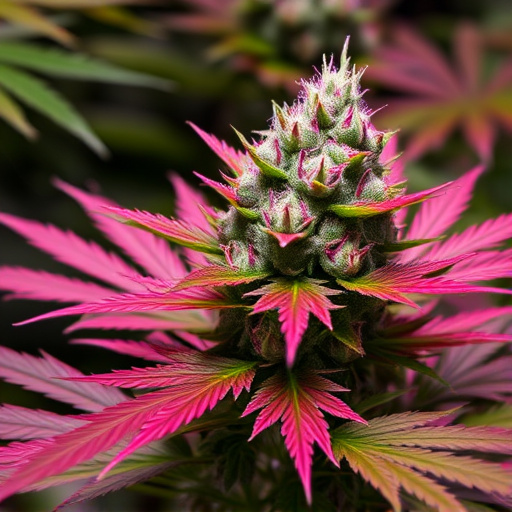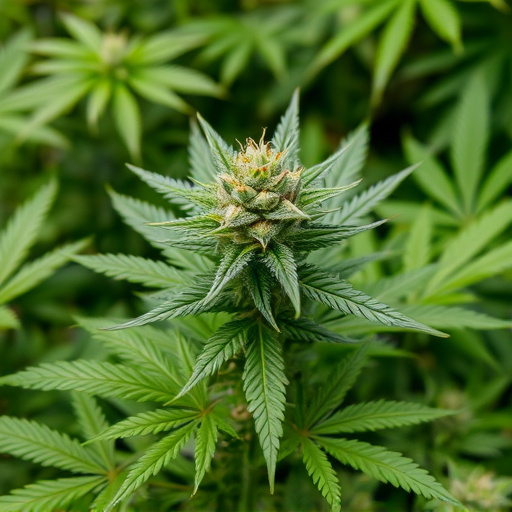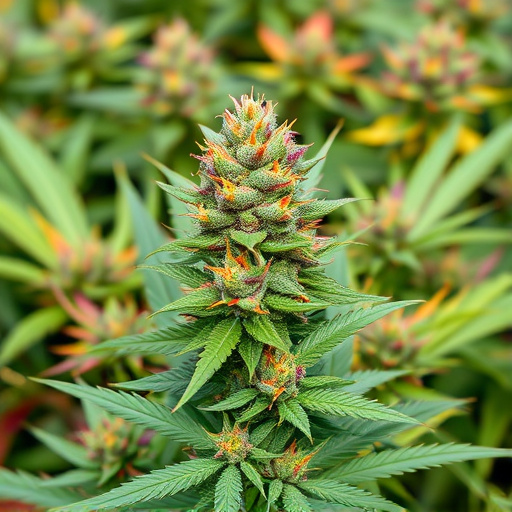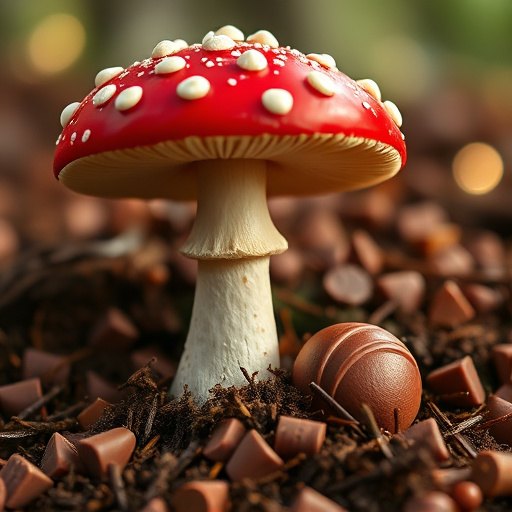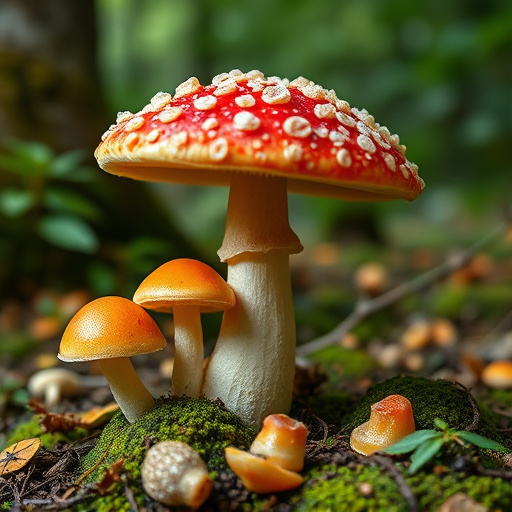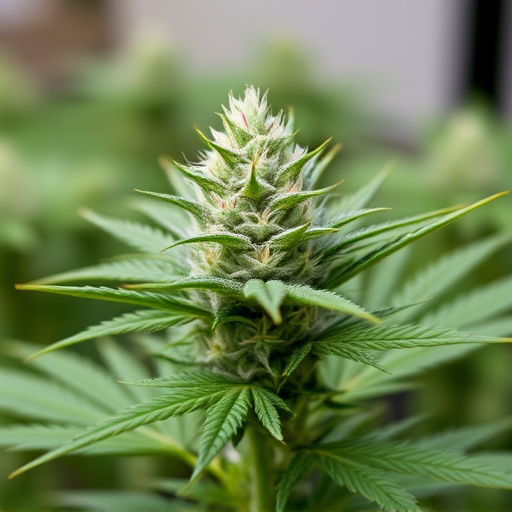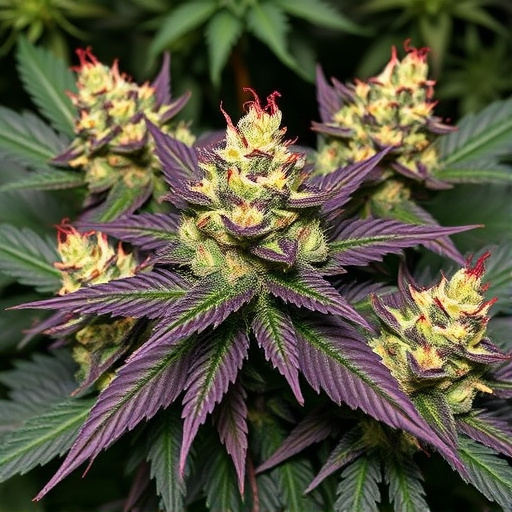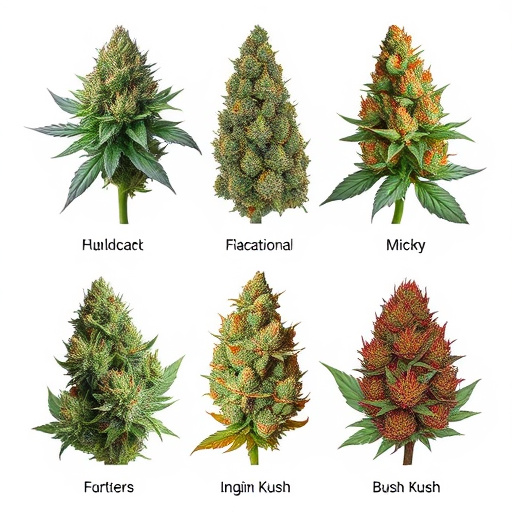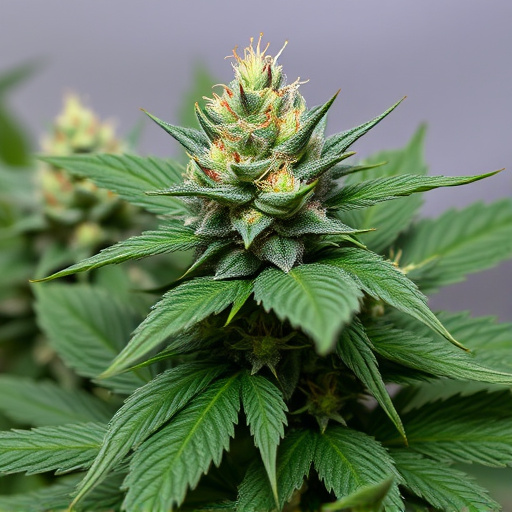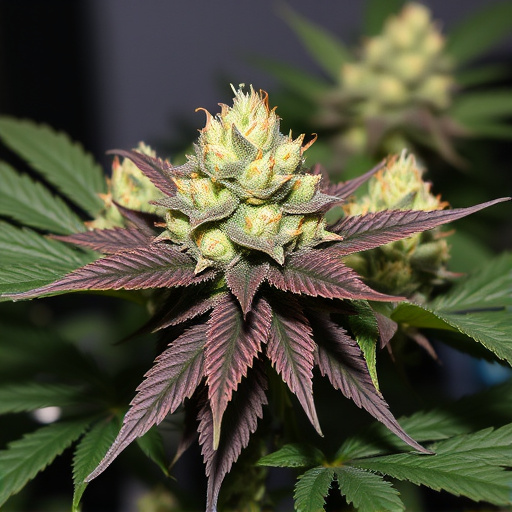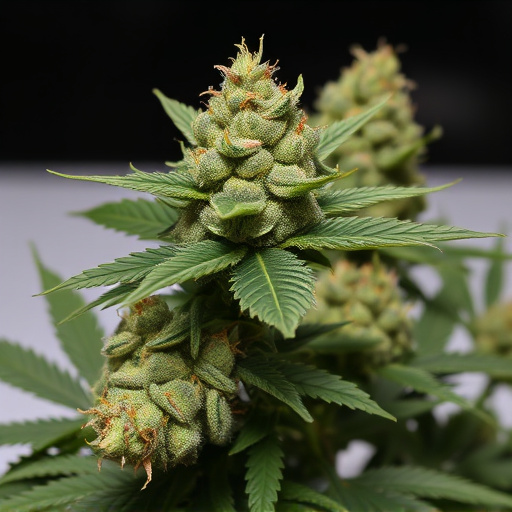Indica kush strains are celebrated for their unique and powerful aromas, ranging from earthy to citrusy, due to a complex interplay of terpenes (like myrcene, limonene, and pinene) and cannabinoids (including THC and CBD). These scents not only cater to varied consumer preferences but also serve as a communication tool for the plant. Each strain carries a signature fragrance influenced by terroir, cultivation methods, and genetic traits, with breeders offering countless varieties from classic "skunk" to more subtle floral or fruity notes. Indica kush's distinct scent is further enhanced by its higher concentration of sticky trichomes and environmental factors like temperature and humidity.
Cannabis flowers are renowned for their distinct and often potent aromas, with many users and cultivators alike captivated by their unique scents. This article delves into the reasons behind the strong smell of cannabis, exploring its chemical composition and the role of various factors. We also shine a spotlight on the diverse aromatics of indica kush strains, known for their captivating and distinctive fragrances. By understanding these aspects, cannabis enthusiasts can better appreciate the intricate chemistry that contributes to these enchanting scents.
- The Chemical Composition of Cannabis Flowers
- Indica Kush Strains and Their Distinct Aromas
- Factors Influencing the Strength of Cannabis Scent
The Chemical Composition of Cannabis Flowers
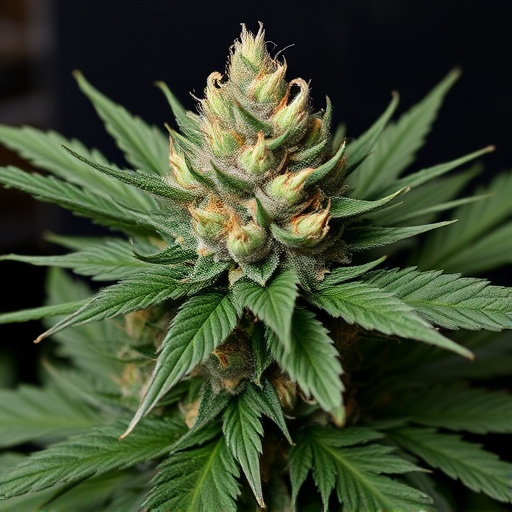
The distinctive smell of cannabis flowers is a result of their unique chemical composition, which includes various compounds known as terpenes and cannabinoids. Cannabis, particularly indica kush strains, boasts a complex mix of these chemicals that contribute to its aromatic profile. Terpenes, such as myrcene, limonene, and pinene, are responsible for the plant’s olfactory characteristics, each offering distinct notes that can range from earthy and musky to citrusy and piney. These terpenes not only create the recognizable scent but also play a role in the plant’s potential therapeutic effects, interacting with our sense of smell and influencing mood and cognitive functions.
Cannabinoids, most notably tetrahydrocannabinol (THC) and cannabidiol (CBD), are another crucial component. THC is known for its psychoactive properties, evoking feelings of euphoria and relaxation, while CBD offers potential medicinal benefits without the same intoxicating effects. The interaction between these cannabinoids and terpenes creates a complex sensory experience, with different strains of cannabis—including indica kush varieties—exhibiting unique odor profiles that cater to diverse consumer preferences.
Indica Kush Strains and Their Distinct Aromas
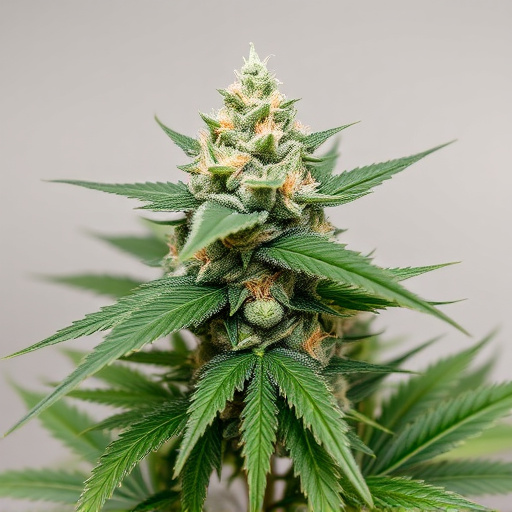
Indica kush strains are renowned for their distinct and potent aromas, setting them apart from other cannabis varieties. These plants have evolved over time to develop unique sensory profiles that can vary widely among different cultivars. The strong scent of Indica kush is often described as earthy, musky, or even skunk-like, with hints of pine or citrus. This intense fragrance is not merely for pleasure; it serves as a powerful communication tool for the plant, attracting pollinators and repelling potential predators.
Each Indica kush strain carries its own signature aroma, influenced by various factors such as terroir, cultivation methods, and specific genetic traits. Growers and enthusiasts have bred countless varieties, resulting in an array of scents that cater to diverse preferences. From the classic “skunk” profile to more subtle floral or fruity notes, Indica kush strains offer a sensory experience like no other, making them a favorite among cannabis aficionados.
Factors Influencing the Strength of Cannabis Scent
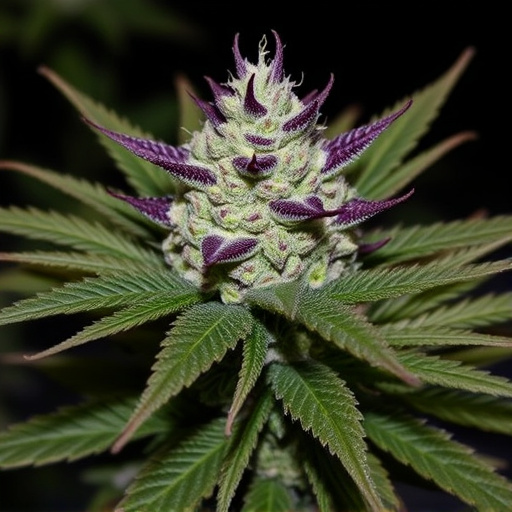
The strength of cannabis flower scent is influenced by a complex interplay of various factors. One key player is the plant’s chemistry, specifically the terpenes and cannabinoids present in the resin glands (trichomes) of the buds. Indica kush strains are known for their potent aromas due to higher concentrations of sticky, viscous trichomes that secrete more essential oils, contributing to a stronger scent profile.
Another factor is the cultivation process. Environmental conditions like temperature, humidity, and light exposure can impact terpene production. For instance, cooler temperatures during flowering can lead to an increase in certain terpenes known for their pungent notes. Additionally, specific growing techniques such as organic practices or the use of different nutrients can also subtly alter the chemical makeup of the plant, resulting in variations in scent intensity.
Cannabis flower’s potent scent is a result of its complex chemical composition, with terpenes and cannabinoids playing a significant role. Indica Kush strains, renowned for their distinctive aromas, offer a unique sensory experience. Understanding the factors influencing these scents—from genetic traits to environmental conditions—enables cannabis enthusiasts to appreciate the art behind each strain’s fragrance. Whether you’re drawn to the earthy notes of Indica Kush or other varieties’ diverse fragrances, recognizing these influences expands your connection with this captivating plant.
